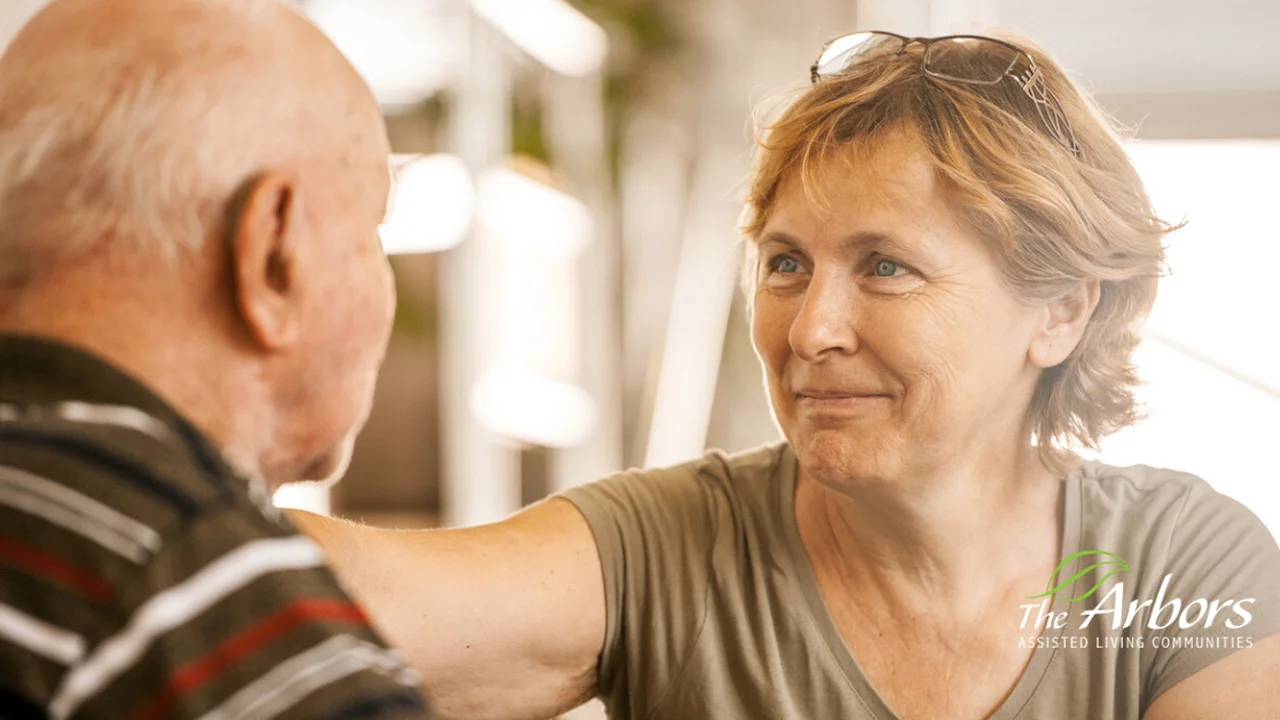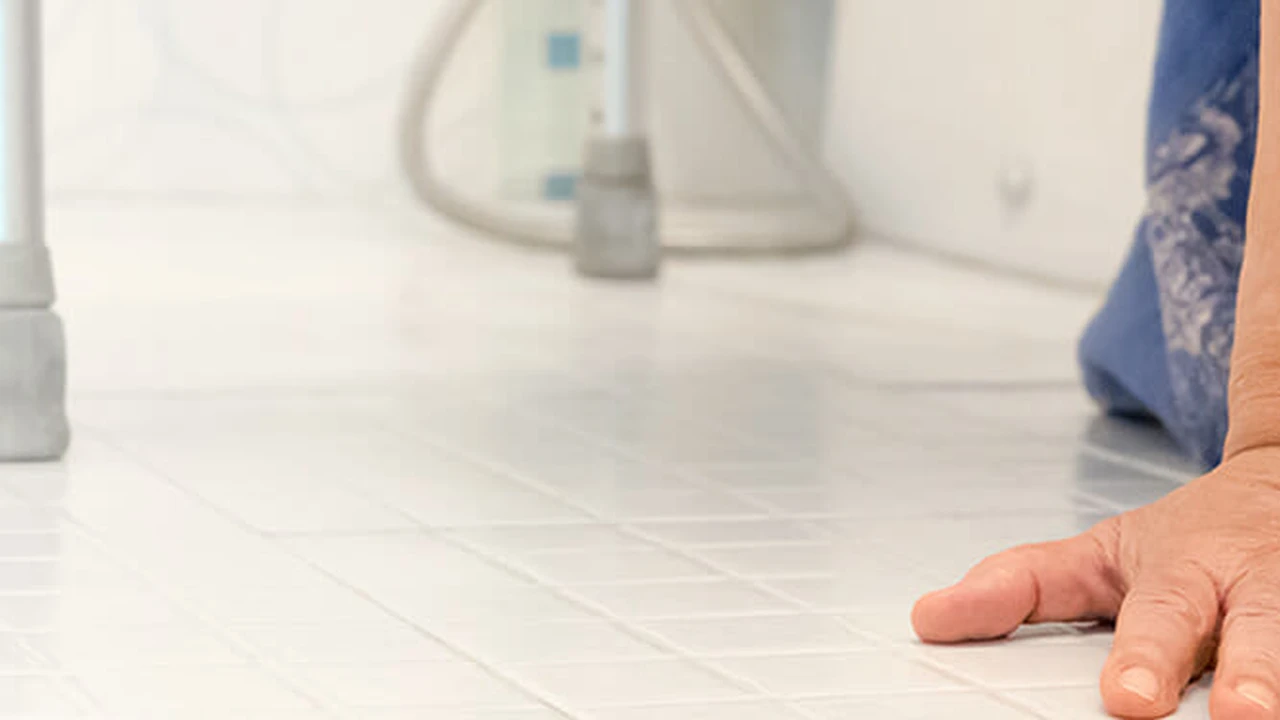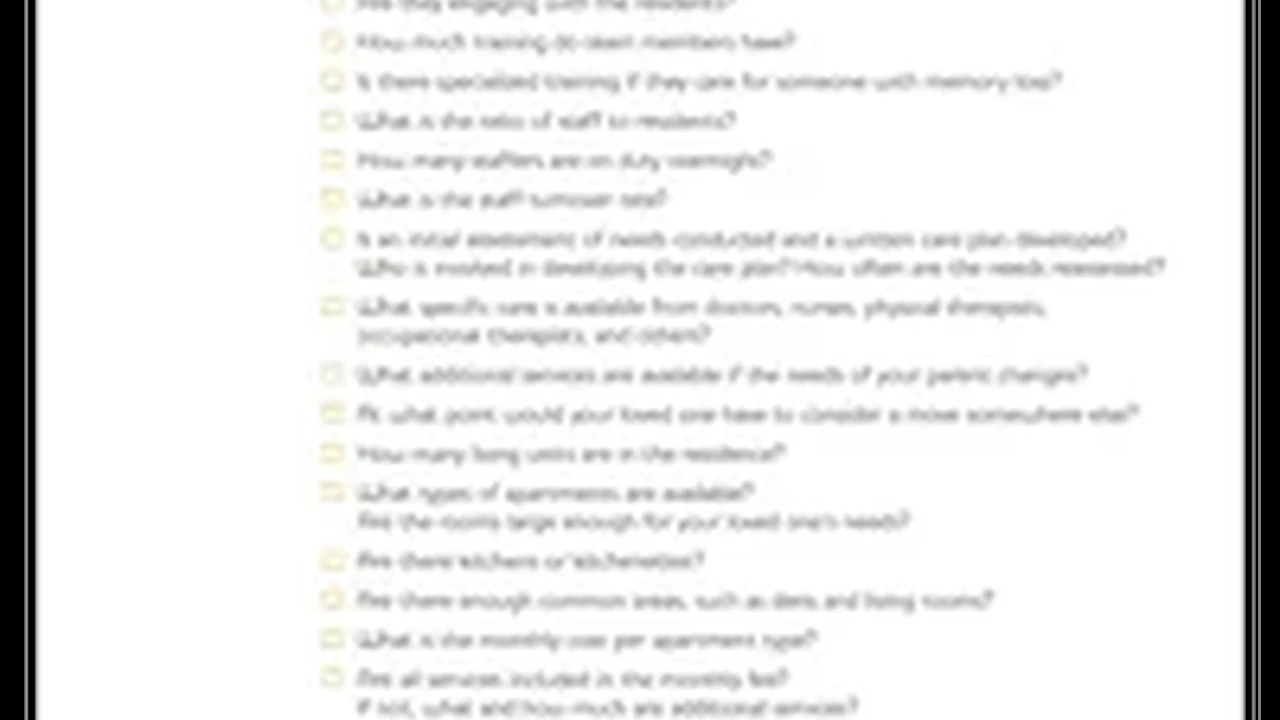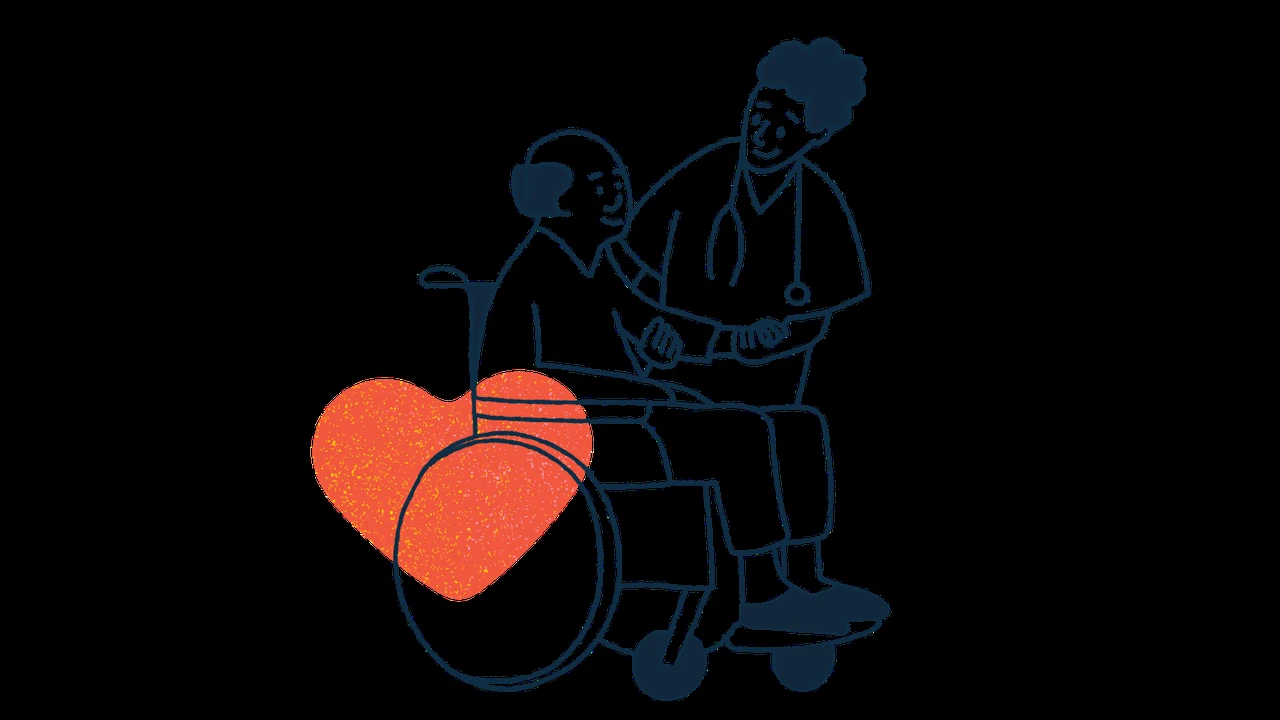7 Signs It Might Be Time for Assisted Living
Recognize the indicators that suggest assisted living could be the right choice for an aging loved one's well-being.

Recognize the indicators that suggest assisted living could be the right choice for an aging loved one's well-being. Making the decision about assisted living for a loved one is never easy. It's a significant life change, and often, families grapple with guilt, uncertainty, and a desire to do what's best. However, there comes a point when staying at home, even with some support, might no longer be the safest or most beneficial option. This article will walk you through seven key signs that could indicate it's time to consider assisted living, offering practical advice and exploring how specific products and services can help bridge the gap or confirm the need for a more structured environment.
7 Signs It Might Be Time for Assisted Living
Sign 1 Declining Health and Unmanaged Medical Conditions Assisted Living Health Monitoring
One of the most prominent indicators that assisted living might be necessary is a noticeable decline in health, especially when medical conditions become difficult to manage at home. This isn't just about getting older; it's about a significant change in a loved one's ability to maintain their health independently.What to Look For in Declining Health
- Frequent Hospitalizations or ER Visits: Are they ending up in the hospital more often for issues that seem preventable, like falls, dehydration, or medication errors?
- Difficulty Managing Medications: Are pills being missed, taken incorrectly, or are there multiple prescriptions that are simply too complex to keep track of? This can lead to serious health complications.
- Worsening Chronic Conditions: Is a chronic condition like diabetes, heart disease, or COPD becoming harder to control, leading to more symptoms or a lower quality of life?
- Unexplained Weight Loss or Gain: This can be a sign of poor nutrition, underlying health issues, or difficulty preparing meals.
- Poor Hygiene: A decline in personal hygiene, such as infrequent bathing, unkempt hair, or wearing soiled clothes, can indicate physical limitations, cognitive decline, or depression.
How Assisted Living Addresses This
Assisted living facilities offer structured support for health management. They typically have staff available 24/7 to assist with medication management, coordinate with healthcare providers, and monitor residents' overall well-being. Many facilities have nurses or certified nursing assistants (CNAs) on staff or on call.Bridging the Gap with Technology and Services
Before making the leap to assisted living, some technologies and services can help manage declining health at home:- Medication Dispensers:
- Product: Philips Lifeline Medication Dispensing Service
- Description: This automated dispenser can be programmed to dispense up to 15 doses of medication per day, with audible and visual alerts. If a dose is missed, it can alert a caregiver.
- Use Case: Ideal for seniors who struggle with remembering to take medications or managing complex schedules.
- Price: Starts around $60-$100 per month for the service and device rental.
- Remote Patient Monitoring Devices:
- Product: Omron Complete Wireless Upper Arm Blood Pressure Monitor + EKG
- Description: This device allows seniors to take their blood pressure and EKG readings at home, which can then be wirelessly transmitted to their doctor or family members.
- Use Case: Useful for monitoring chronic conditions like hypertension or atrial fibrillation, providing early detection of issues.
- Price: Approximately $199-$249.
- In-Home Care Services: Agencies can provide skilled nursing care, medication reminders, and health monitoring visits.
Sign 2 Safety Concerns and Increased Risk of Accidents Senior Safety Solutions
Safety is paramount. If your loved one is experiencing more falls, near-misses, or is engaging in unsafe behaviors, it's a huge red flag. The home environment, once a sanctuary, can become a hazard.What to Look For in Safety Concerns
- Frequent Falls or Unexplained Bruises: Falls are a leading cause of injury among seniors. If they're falling often, or you notice unexplained bruises, it's a serious concern.
- Difficulty with Mobility: Struggling to navigate stairs, getting in and out of bed, or using the bathroom can increase fall risk.
- Wandering or Getting Lost: Especially concerning if they have cognitive impairment.
- Leaving Stoves On or Other Fire Hazards: Forgetfulness can lead to dangerous situations.
- Poor Judgment: Making questionable financial decisions, leaving doors unlocked, or being susceptible to scams.
How Assisted Living Addresses This
Assisted living facilities are designed with senior safety in mind. They often feature grab bars, emergency call systems, well-lit hallways, and staff available to assist with mobility and supervision. Secure environments are particularly beneficial for those with wandering tendencies.Enhancing Home Safety
While not a substitute for 24/7 supervision, these products can improve home safety:- Medical Alert Systems:
- Product: Bay Alarm Medical SOS Smartwatch
- Description: A discreet smartwatch with a built-in help button, fall detection, and GPS tracking. It connects to a 24/7 monitoring center.
- Use Case: For active seniors who want protection on the go, or those at risk of falls.
- Price: Device cost around $179, monitoring plans from $29.95/month.
- Smart Home Sensors:
- Product: Google Nest Protect Smoke and Carbon Monoxide Alarm
- Description: Notifies your phone if there's smoke or CO, and can speak to tell you where the danger is.
- Use Case: Provides early warning for fire or CO leaks, even when family isn't present.
- Price: Approximately $119-$129.
- Grab Bars and Non-Slip Mats: Simple, affordable home modifications that significantly reduce fall risk in bathrooms and other high-risk areas.
Sign 3 Neglect of Personal Care and Hygiene Assisted Living Personal Care Support
A decline in personal care can be a subtle but significant sign that a loved one is struggling. It often indicates physical limitations, depression, or cognitive changes.What to Look For in Personal Care Neglect
- Infrequent Bathing or Showering: Noticeable body odor or unkempt appearance.
- Wearing Soiled or Inappropriate Clothing: Not changing clothes regularly, or wearing clothes that are dirty or ill-fitting.
- Poor Oral Hygiene: Neglecting teeth brushing, leading to dental issues.
- Unkempt Hair and Nails: Lack of grooming.
- Resistance to Assistance: Refusing help with personal care, even when clearly needed.
How Assisted Living Addresses This
Assisted living facilities provide discreet and respectful assistance with Activities of Daily Living (ADLs) such as bathing, dressing, grooming, and toileting. Staff are trained to help residents maintain their dignity while ensuring their personal care needs are met.Supporting Personal Care at Home
Before assisted living, consider these options:- Personal Care Aides (PCAs) or Home Health Aides (HHAs): These professionals can come to the home to assist with bathing, dressing, grooming, and other personal care tasks.
- Adaptive Equipment:
- Product: Drive Medical Deluxe Shower Chair with Back
- Description: Provides a safe and comfortable seat in the shower, reducing the risk of falls.
- Use Case: For seniors with limited mobility or balance issues who struggle with standing in the shower.
- Price: Approximately $30-$50.
- Long-Handled Sponges and Brushes: Simple tools that can make self-care easier for those with limited reach.
Sign 4 Difficulty with Household Management and Maintenance Assisted Living Housekeeping Services
Maintaining a home can become overwhelming for seniors, especially if they live alone. A once tidy home can quickly become neglected, posing health and safety risks.What to Look For in Household Neglect
- Unclean Living Environment: Excessive clutter, dirt, dust, or unpleasant odors.
- Piles of Unopened Mail or Unpaid Bills: Indicating difficulty with organization and financial management.
- Spoiled Food in the Refrigerator: A sign of poor meal preparation or forgetfulness.
- Neglected Yard Work or Home Repairs: If the exterior of the home is falling into disrepair, it often reflects struggles inside.
- Difficulty with Cooking: Relying heavily on processed foods, skipping meals, or having accidents in the kitchen.
How Assisted Living Addresses This
Assisted living communities typically provide housekeeping, laundry services, and meal preparation. Residents no longer have to worry about the burdens of home maintenance, allowing them to focus on their well-being and social activities.Home-Based Solutions for Household Management
To ease the burden at home:- Meal Delivery Services:
- Product: Meals on Wheels (non-profit) or Silver Cuisine by bistroMD (for-profit)
- Description: Delivers nutritious, ready-to-eat meals directly to the senior's home.
- Use Case: Ensures regular, healthy meals without the need for cooking or grocery shopping.
- Price: Meals on Wheels often has a sliding scale or donation-based pricing; Silver Cuisine meals range from $8-$12 each.
- Professional Cleaning Services: Hiring a cleaning service for regular deep cleans can alleviate the physical burden.
- Grocery Delivery Services: Services like Instacart or local supermarket delivery can bring groceries directly to the door.
Sign 5 Social Isolation and Loneliness Assisted Living Community Engagement
Social connection is vital for mental and emotional health. If your loved one is becoming increasingly isolated, it can lead to depression, anxiety, and a faster decline in cognitive function.What to Look For in Social Isolation
- Withdrawal from Hobbies and Activities: Losing interest in things they once enjoyed.
- Fewer Visitors or Phone Calls: A noticeable decrease in social interaction.
- Signs of Depression or Apathy: Lack of energy, sadness, or disinterest in their surroundings.
- Difficulty Driving or Accessing Transportation: Limiting their ability to get out and socialize.
- Living Alone with Limited Family Support: Especially if family lives far away or has limited time.
How Assisted Living Addresses This
Assisted living facilities are vibrant communities designed to foster social interaction. They offer a wide range of activities, social events, and opportunities for residents to connect with peers, combating loneliness and promoting mental stimulation.Combating Isolation at Home
Before assisted living, consider these options:- Senior Centers and Community Programs: Many local communities offer programs, classes, and social events specifically for seniors.
- Technology for Connection:
- Product: GrandPad Senior Tablet
- Description: A simplified tablet designed for seniors, with large buttons and easy access to video calls, photos, games, and internet browsing.
- Use Case: Helps seniors stay connected with family and friends, even if they're not tech-savvy.
- Price: Device cost around $200-$300, monthly service plan around $40-$60.
- Volunteer Visitors or Companion Services: Agencies can provide companions who visit regularly for conversation, activities, and outings.
Sign 6 Caregiver Burnout and Family Stress Assisted Living Support for Families
Caring for an aging loved one can be incredibly demanding, both physically and emotionally. If family caregivers are experiencing burnout, it's a sign that the current care arrangement might be unsustainable.What to Look For in Caregiver Burnout
- Exhaustion and Chronic Fatigue: Feeling constantly tired, even after rest.
- Increased Irritability or Resentment: Feeling frustrated or angry with the care recipient.
- Neglecting Personal Needs: Skipping doctor's appointments, hobbies, or social events.
- Declining Health of the Caregiver: Stress can manifest physically, leading to illness.
- Feeling Overwhelmed and Isolated: Feeling like the burden is too much to bear alone.
How Assisted Living Addresses This
Assisted living provides a supportive environment where professional caregivers handle the day-to-day care needs, alleviating the burden on family members. This allows families to shift back to being sons, daughters, or spouses, rather than primary caregivers, improving family dynamics and reducing stress.Support for Caregivers at Home
To prevent burnout:- Respite Care Services: Allows family caregivers to take a break while a professional caregiver steps in. This can be in-home or at a facility for a short stay.
- Caregiver Support Groups: Connecting with others facing similar challenges can provide emotional support and practical advice.
- Technology for Caregiver Coordination:
- Product: CareZone App
- Description: A free app that helps families manage medications, appointments, contacts, and share updates about a loved one's care.
- Use Case: Streamlines communication and organization among multiple caregivers or family members.
- Price: Free.
Sign 7 Cognitive Decline and Memory Issues Assisted Living Memory Support
While some forgetfulness is normal with aging, significant cognitive decline, especially if it impacts daily functioning, is a strong indicator that more structured care might be needed.What to Look For in Cognitive Decline
- Frequent Forgetfulness: Forgetting important appointments, recent conversations, or how to perform familiar tasks.
- Difficulty with Problem-Solving: Struggling with simple decisions or managing finances.
- Disorientation: Getting lost in familiar places or being confused about time and date.
- Changes in Personality or Behavior: Increased agitation, paranoia, or withdrawal.
- Inability to Follow Instructions: Struggling to understand or complete multi-step tasks.
How Assisted Living Addresses This
Many assisted living facilities offer specialized memory care units or programs for residents with cognitive impairment. These environments are designed to be secure, stimulating, and supportive, with staff trained in dementia care. They focus on maintaining cognitive function, managing challenging behaviors, and ensuring safety.Supporting Cognitive Health at Home
While not a replacement for specialized memory care, these can help:- Cognitive Stimulation Apps and Games:
- Product: Lumosity Brain Training App
- Description: Offers a variety of games and exercises designed to challenge memory, attention, and problem-solving skills.
- Use Case: Can help maintain cognitive function and provide mental engagement for those with mild cognitive impairment.
- Price: Free basic version, premium subscription around $11.99/month.
- Structured Routines and Visual Cues: Creating a consistent daily schedule and using whiteboards or calendars for reminders can help manage forgetfulness.
- In-Home Memory Care Services: Some home care agencies offer caregivers specifically trained in dementia care to provide companionship and cognitive activities.
Recognizing these signs is the first step. It's a journey that requires patience, research, and open communication with your loved one and other family members. Assisted living isn't about giving up; it's about providing a safe, supportive, and engaging environment where your loved one can thrive, and you can have peace of mind.
:max_bytes(150000):strip_icc()/277019-baked-pork-chops-with-cream-of-mushroom-soup-DDMFS-beauty-4x3-BG-7505-5762b731cf30447d9cbbbbbf387beafa.jpg)





